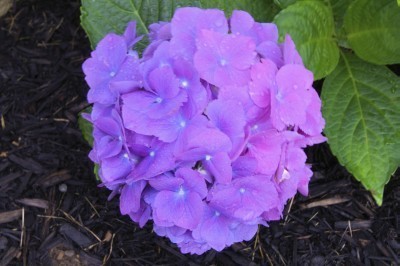






The term “Ericaceous” refers to a family of plants in the Ericaceae family – heathers and other plants that grow primarily in infertile or acidic growing conditions. But what is ericaceous compost? Read on to learn more.
What is ericaceous compost? In simple terms, it is compost suitable for growing acid-loving plants. Plants for acidic compost (ericaceous plants) include:
While there’s no ‘one size fits all’ ericaceous compost recipe, as it depends on the current pH of each individual pile, making compost for acid-loving plants is much like making regular compost. However, no lime is added. (Lime serves the opposite purpose; it improves soil alkalinity—not acidity).
Begin your compost pile with a 6- to 8-inch layer of organic matter. To boost the acid content of your compost, use high-acid organic matter such as oak leaves, pine needles or coffee grounds. Although compost eventually reverts to a neutral pH, pine needles help acidify the soil until they decompose.
Measure the surface area of the compost pile, then sprinkle dry garden fertilizer over the pile at a rate of about 1 cup per square foot. Use a fertilizer formulated for acid-loving plants.
Spread a 1- to 2-inch layer of garden soil over the compost pile so the microorganisms in the soil can boost the decomposition process. If you don’t have enough available garden soil, you can use finished compost.
Continue to alternate layers, watering after each layer, until your compost pile reaches a height of about 5 feet.
To make a simple potting mix for ericaceous plants, begin with a base of half peat moss. Mix in 20 percent perlite, 10 percent compost, 10 percent garden soil and 10 percent sand.
If you are concerned about the environmental impacts of using peat moss in your garden, you can use a peat substitute such as coir. Unfortunately, when it comes to substances with a high acid content, there is no suitable substitute for peat.
Greenhouse Lighting Advice And Information
What Is Compost And Who Makes It?
What Is A Root Zone: Information On The Root Zone Of Plants
What Is Parthenocarpy: Information And Examples Of Parthenocarpy
What Is A Hard Frost: Information On Plants Affected By Hard Frost
Frost Plants – Information On Frost Tolerant Flowers And Plants
Copyright © www.100flowers.win Botanic Garden All Rights Reserved